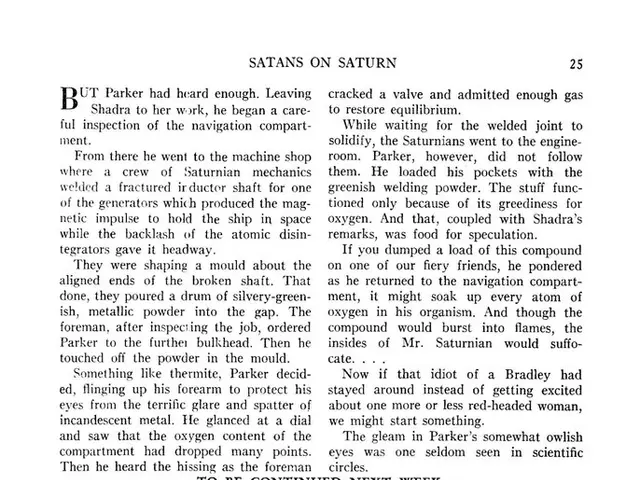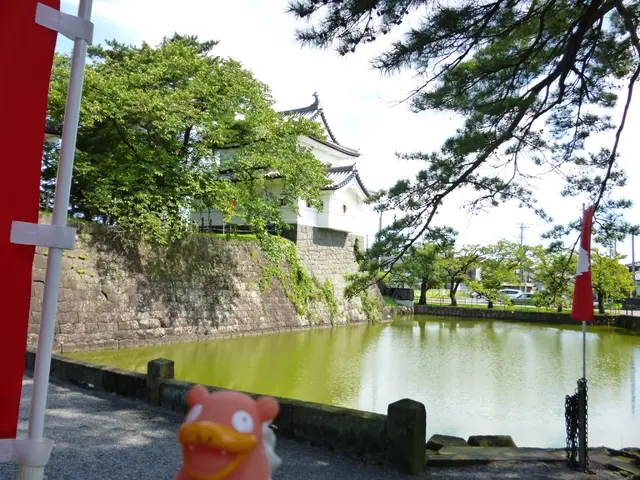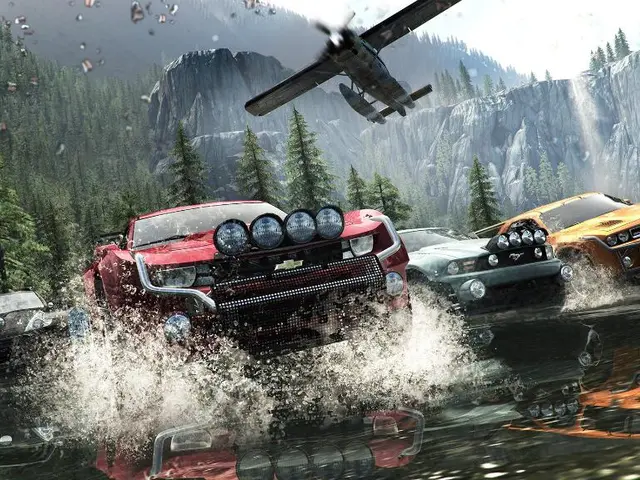Night-time Tourism: The burgeoning travel fad illuminating 2025 skies
Travel beyond the sunset: The surge of noctourism in 2025
Noctourism, a field of nighttime travel and tourism, is poised to take over in the coming year, according to a recent survey by Booking.com. Six out of ten travelers are planning celestial-themed trips, ready to transform familiar landscapes under the cover of darkness.
At the heart of noctourism is the focus on astronomical experiences. From capturing the full moon lighting up the night sky to observing meteor showers, or the captivating spectacle of the northern lights, there's a growing list of noctourism events eagerly pursued by travel enthusiasts. The range extends to midnight museum visits, wildlife watching during nightfall, and even moonlit kayaking.
Several factors contribute to the popularity of noctourism in 2025. Among them, cooler temperatures, fewer crowds, and a cosmic connection to the universe are driving forces. Exploring top attractions after sunset, such as a quiet Sydney Opera House at night or moonlit hikes along national trails, offers an escape from the heat and tourist rush. As space travel approaches reality, the curiosity about the cosmos can be satisfied through iconic spots like Griffith Observatory in Los Angeles, which annually draws over a million stargazers.
Another facet of noctourism is its sustainability. Activities like stargazing, night safaris, and eco-lodging allow tourists to immerse themselves in nature while keeping their environmental footprint low. Lastly, the tranquility and sense of adventure that come with nighttime travel make for an off-grid experience unlike any other – imagine standing alone in the Sahara Desert, with only the stars for company.
Some of the top destinations embracing the noctourism trend include certified dark sky locations, national parks offering stargazing opportunities, deserts known for their clear skies, and observatories that provide a front-row seat to the cosmos. Desengano State Park in Brazil, Kozushima Dark Sky Island in Japan, Teide National Park in the Canary Islands, Kejimkujik National Park in Canada, the Atacama Desert in Chile, and the Sahara Desert in North Africa head the list of prime locations for those seeking a celestial adventure.
The journey to connect with the universe in 2025 is easily planned with a red light flashlight for preserving night vision, warm layers and hot beverages for cold nights, a cozy blanket and reclining chair for comfort, and an astronomy app for staying updated on solar activity and celestial events. So, mark your calendar for notable astronomical events like the Lyrid, Perseids, Orionids, and Geminids meteor showers, total lunar eclipses, and the Northern lights.
Get ready for your chance to connect with the universe in 2025. With numerous destinations offering unique stargazing and noctourism experiences, the next extraordinary journey may well be written among the stars – make sure it's protected by your trusted travel provider.
- In light of the surge of noctourism in 2025, many travelers are planning celestial-themed trips, focusing on astronomical experiences at travel destinations such as certified dark sky locations, national parks, deserts, and observatories.
- Space travel is approaching reality, and travelers can satisfy their curiosity about the cosmos by visiting iconic spots like Griffith Observatory, which annually draws over a million stargazers, as part of their noctourism plans.
- Noctourism offers a sustainable and adventurous approach to travel, allowing tourists to immerse themselves in nature while keeping their environmental footprint low through activities like stargazing, night safaris, and eco-lodging.
- To make the most of their noctourism journey in 2025, travelers should bring essentials like a red light flashlight, warm layers and hot beverages, a cozy blanket and reclining chair, and an astronomy app for staying updated on solar activity and celestial events.




